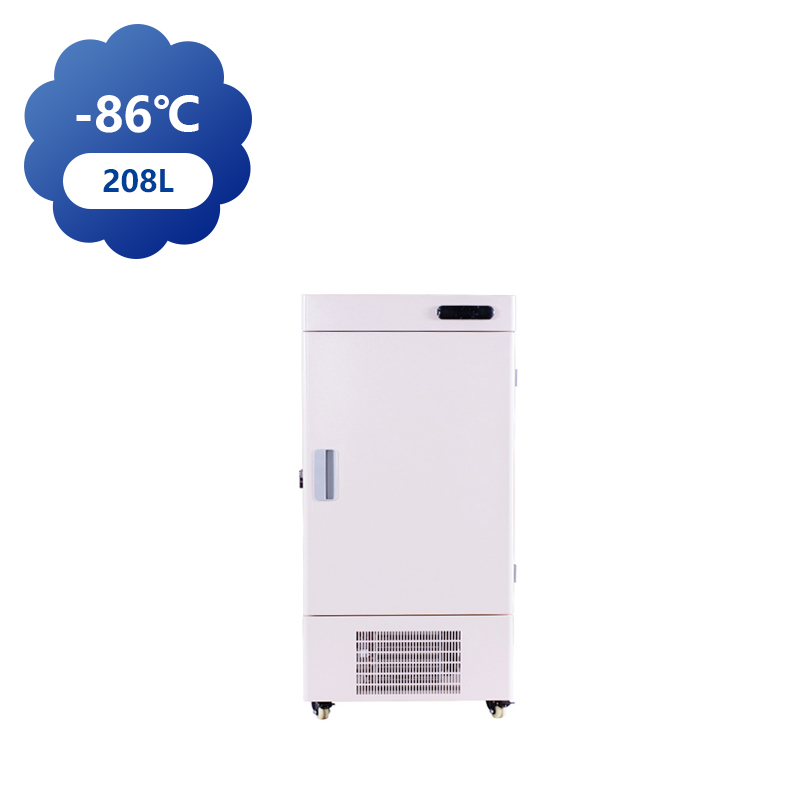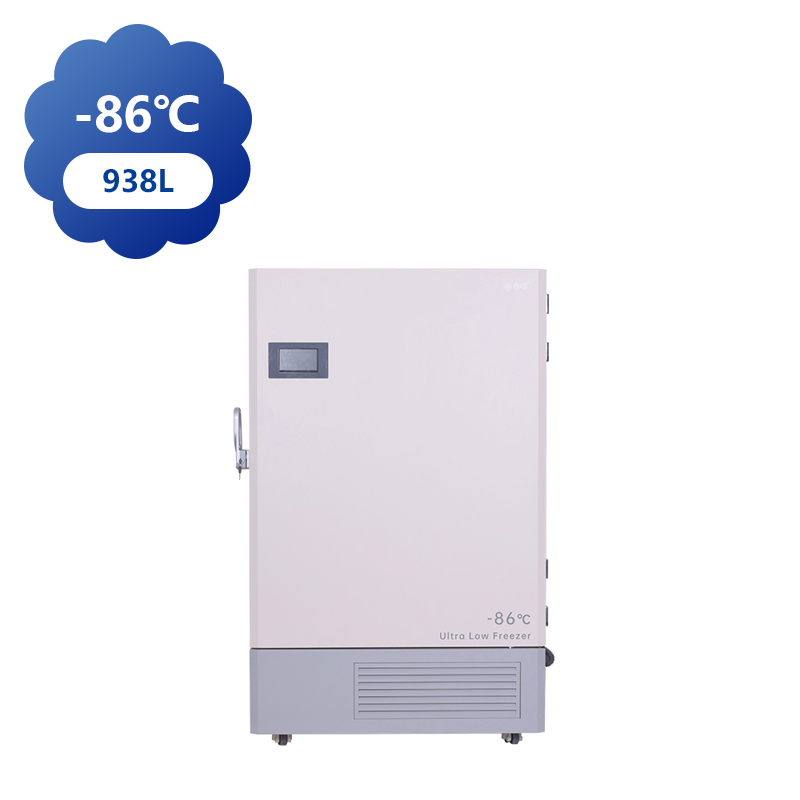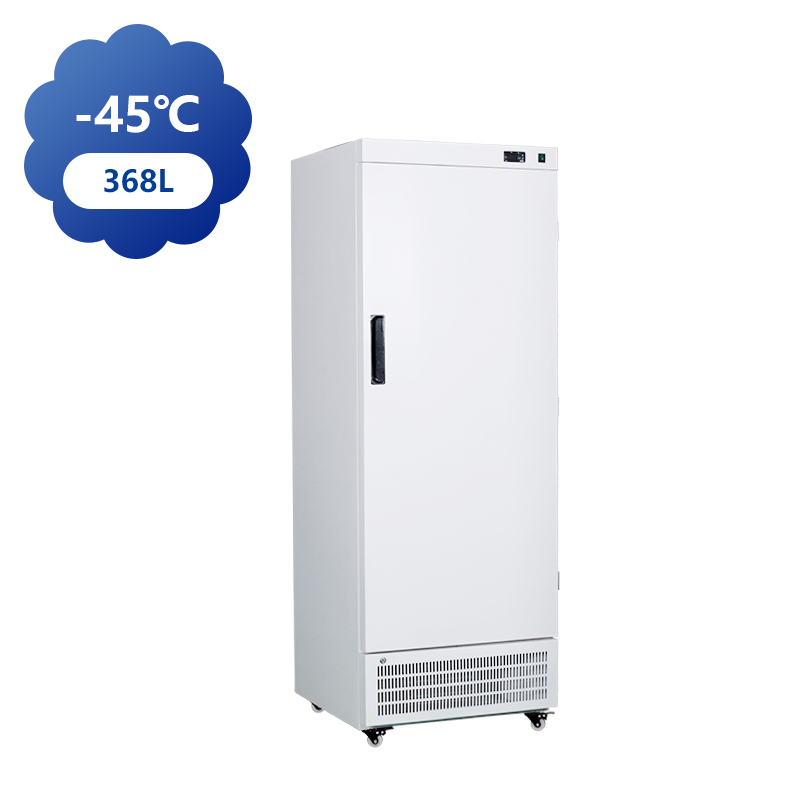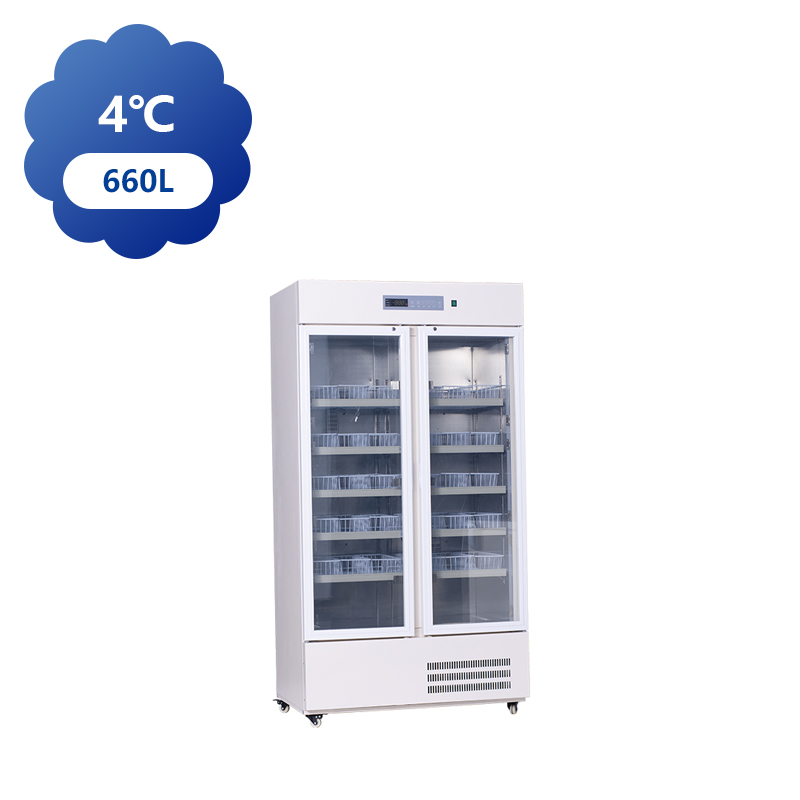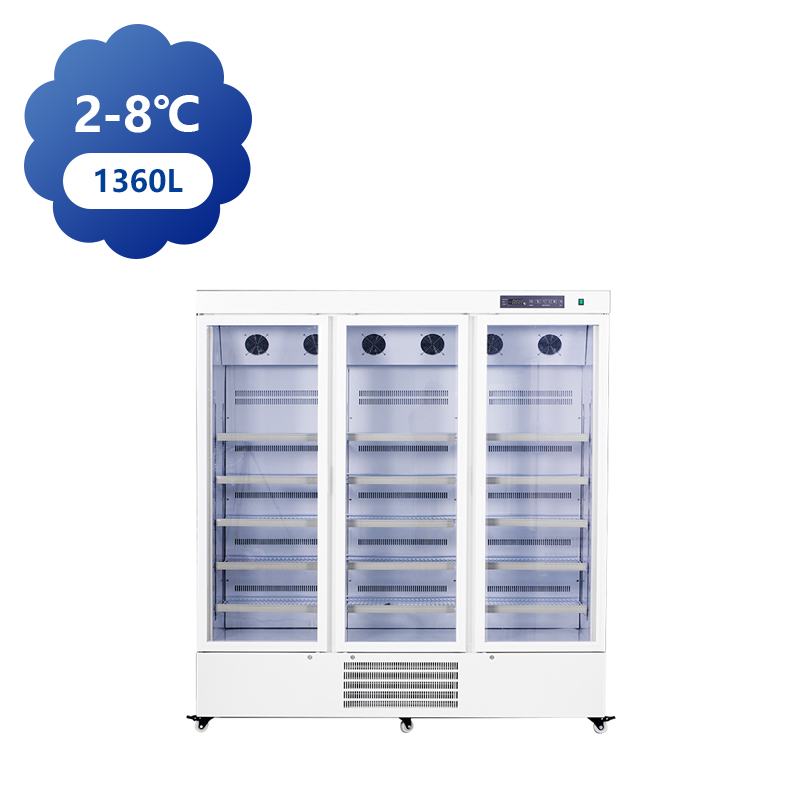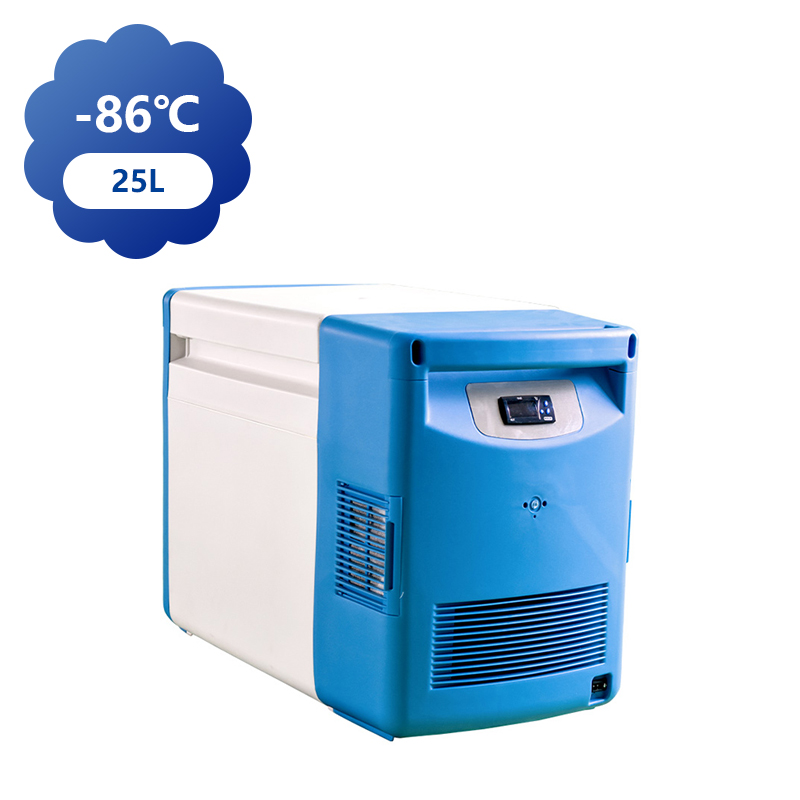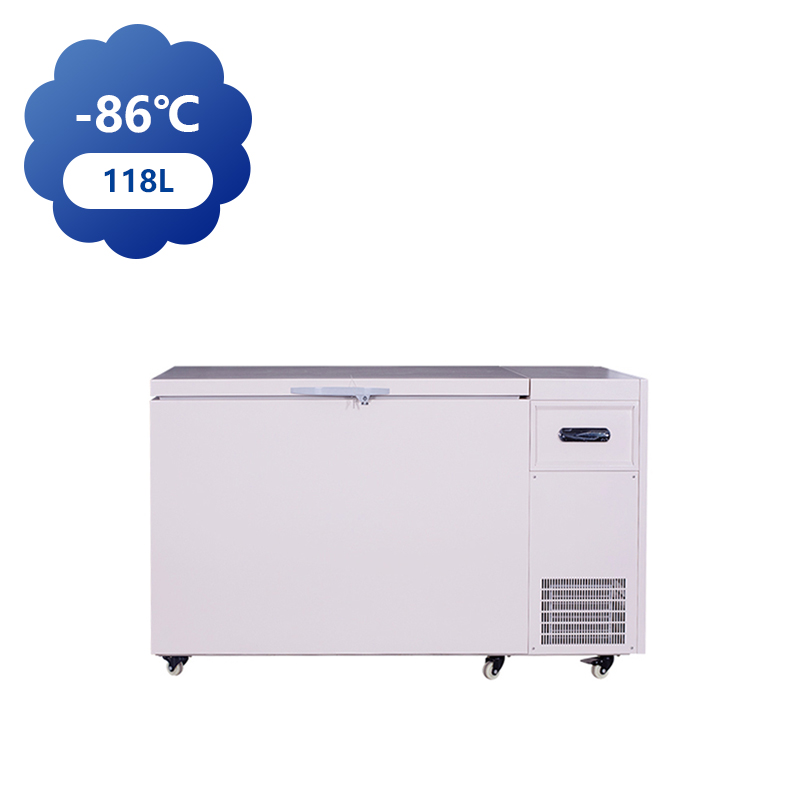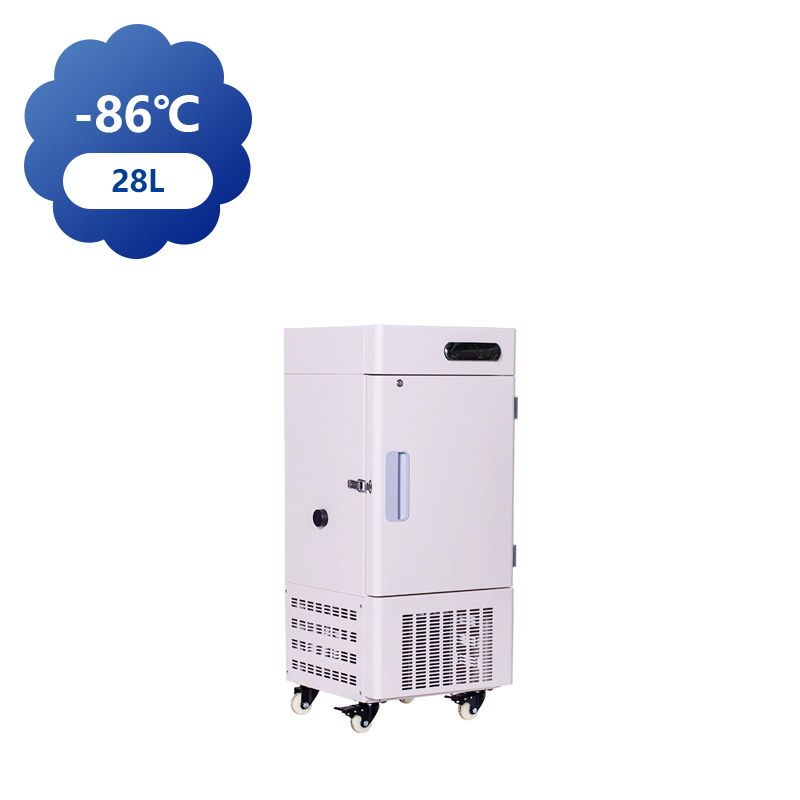You can contact to me using this form.
Deep freezers are essential in the pharmaceutical industry, where the preservation of sensitive products such as vaccines, biologics, and medications is paramount. The temperature requirements for these freezers are critical to ensuring the stability and efficacy of pharmaceutical products. Maintaining precise temperature control is essential not only for preserving the quality of the drugs but also for meeting regulatory standards set by health authorities like the FDA, EMA, and WHO.
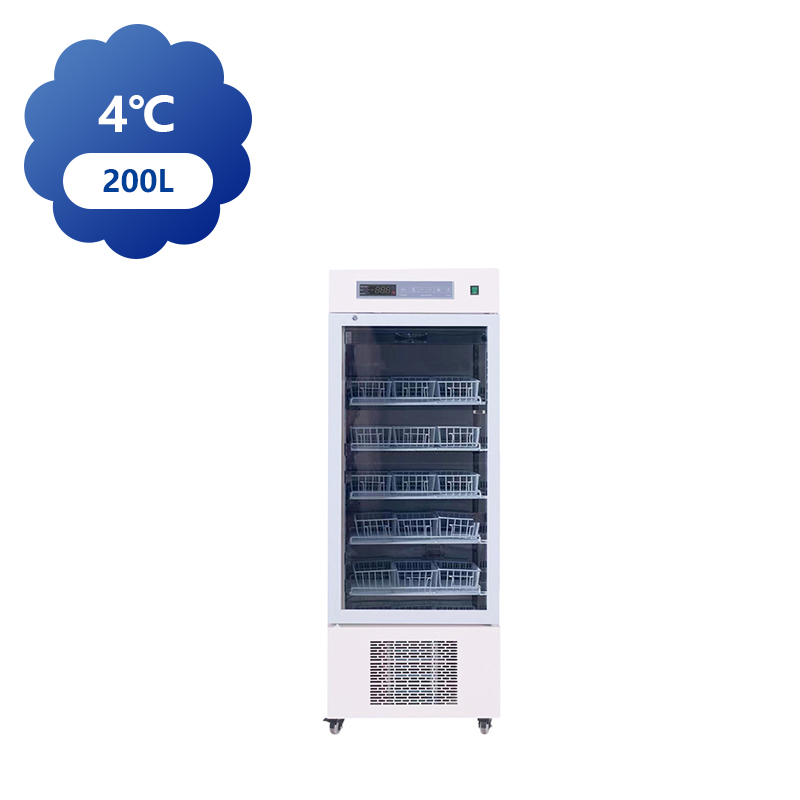
In general, pharmaceutical deep freezers are required to maintain temperatures as low as -20°C to -80°C, depending on the product being stored. For example, many vaccines and biological samples require storage at -20°C, while certain vaccines, like those for COVID-19, demand ultra-low storage conditions, ranging from -70°C to -80°C. These stringent temperature requirements ensure that the integrity of the active ingredients in vaccines and biologics is preserved, preventing degradation or loss of efficacy due to exposure to warmer conditions.
Another critical factor in pharmaceutical deep freezers is temperature uniformity. The freezer must maintain a stable, uniform temperature across all areas of the unit. Variations in temperature, even by a few degrees, can compromise the quality of sensitive drugs and vaccines. To address this, high-performance ultra-low temperature freezers are equipped with multiple evaporators and high-quality insulation, ensuring that the cooling process is even and consistent.
The transportation of industrial upright freezer fridges requires careful planning and execution to ensure the safety, functionality, and integrity of the freezer during transit. These freezers, which are designed for large-scale storage applications in industries such as food, pharmaceuticals, and research, must be transported in a way that prevents damage, maintains temperature control, and complies with safety regulations.
The step in the transportation process involves proper packaging to protect the freezer from physical damage during transit. Industrial upright freezers are often bulky and heavy, so they are typically packaged in sturdy wooden crates or metal frames to prevent impact or vibration damage. Additionally, the freezer's sensitive components, such as temperature control systems, refrigeration units, and electrical connections, are securely fastened to avoid any movement within the packaging. Some manufacturers also include protective foam or shock-absorbing materials around the appliance to further reduce the risk of damage.
In the case of pharmaceutical or food storage freezers, temperature maintenance during transportation is crucial. These products are often required to be kept at specific temperatures, similar to how they are stored in a warehouse or facility. If the freezer is empty during transport, it may still need to be kept at a stable temperature to prevent the internal components, such as refrigerant fluids, from freezing or becoming damaged.
For loaded freezers containing temperature-sensitive products, portable refrigerants or insulated shipping containers may be used to maintain a stable internal temperature during transit. Some transportation companies use active refrigeration units integrated into the truck, ensuring that the temperature within the freezer remains constant during the journey.
The method of transport is another important consideration when transporting industrial upright freezers. Depending on the distance and destination, freezers may be shipped by land, sea, or air. For short distances, trucks with refrigeration units are often used. These trucks are equipped with temperature monitoring systems that allow operators to track the internal conditions of the freezer during transit.



 中文简体
中文简体 English
English Français
Français عربى
عربى +86-15988502726(wechat)
+86-15988502726(wechat)